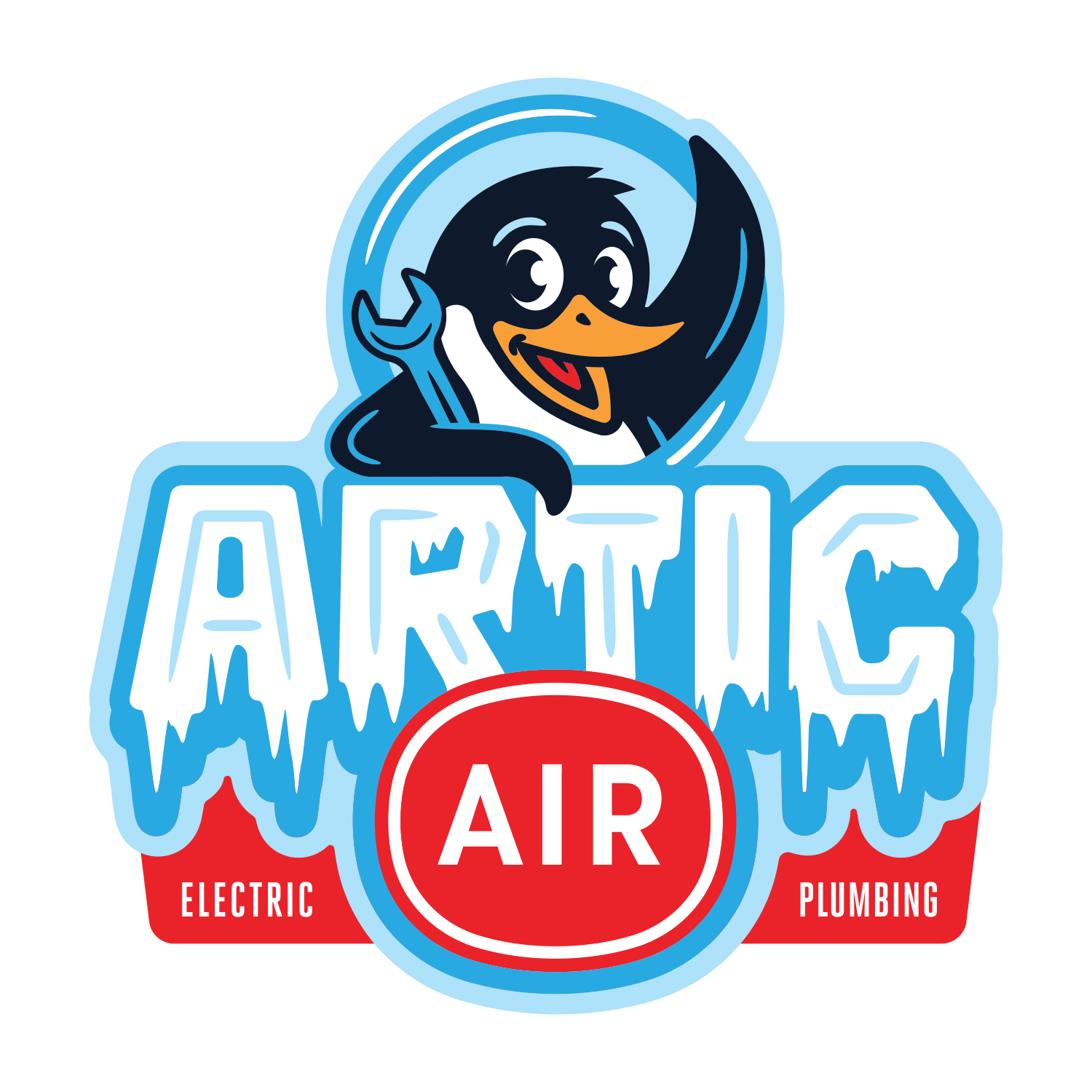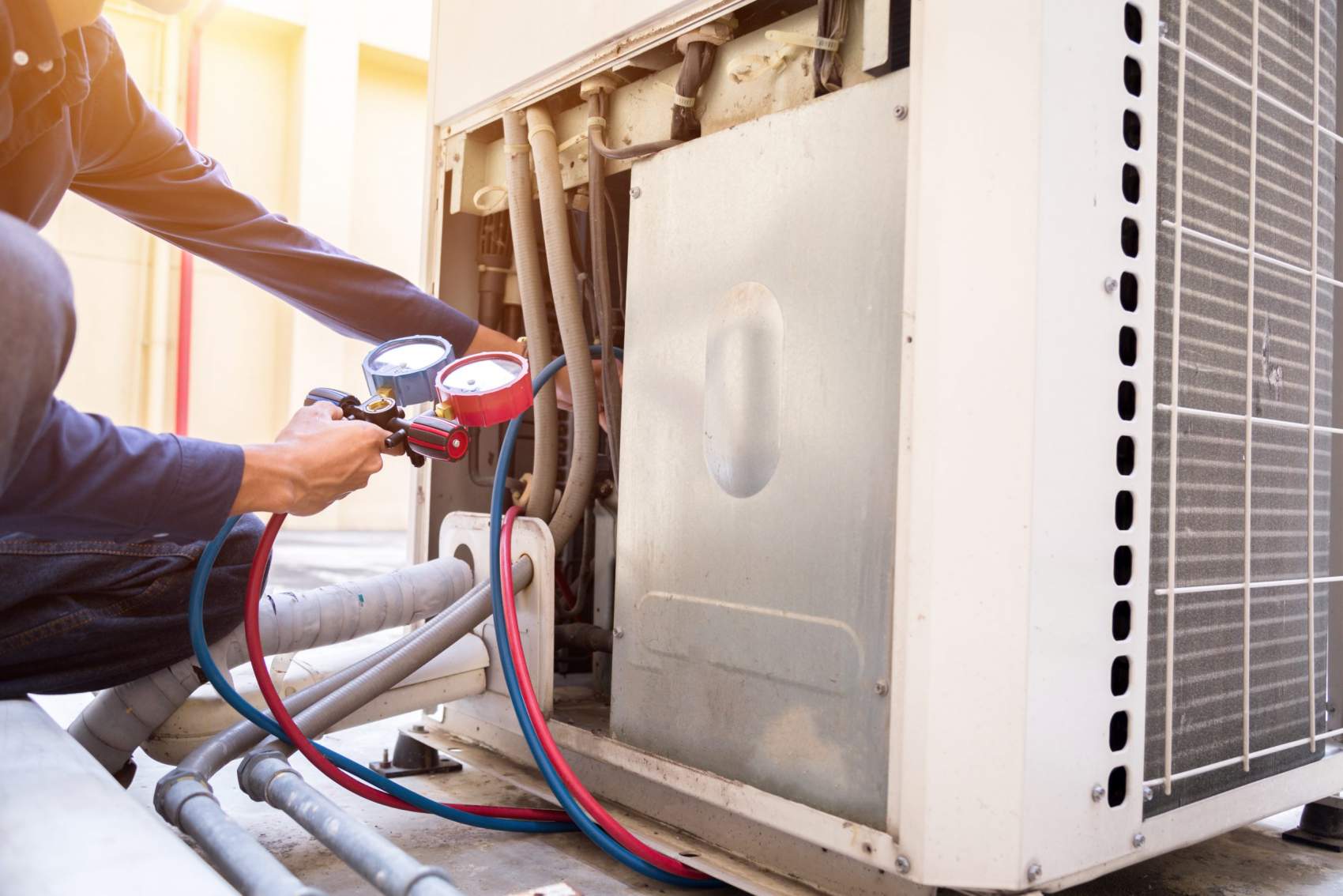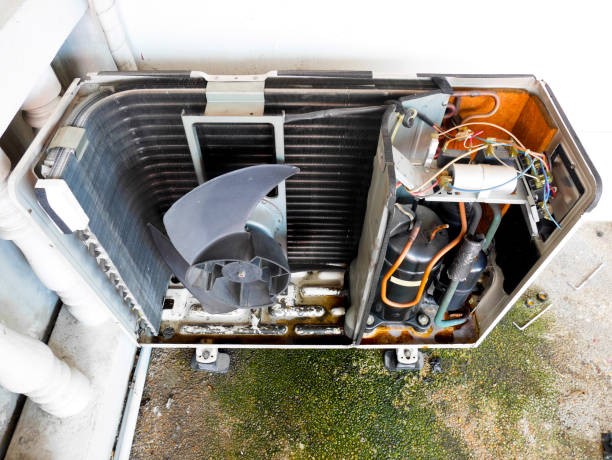n today’s world, where we spend a significant portion of our time indoors, the quality of the air we breathe in our homes, offices, and other indoor spaces is more important than ever. However, many are unaware of the common pollutants that can degrade indoor air quality and pose risks to our health and well-being. This blog post aims to shed light on the most prevalent indoor air pollutants, their sources, and how you can combat them to maintain a healthy indoor environment.
- Volatile Organic Compounds (VOCs)
VOCs are a group of chemicals that vaporize at room temperature and are found in a wide range of household products. Sources include paint, varnishes, cleaning supplies, air fresheners, and even some cosmetics.High VOC exposure can irritate the eyes, nose, and throat, give rise to headaches, and in more extreme situations, harm the liver and kidneys.
- Mold and Mildew
Mold and mildew thrive in damp and humid environments, making bathrooms, kitchens, and basements their common breeding grounds. Not only do they produce an unpleasant odor, but they can also trigger allergies, asthma attacks, and other respiratory issues. Keeping indoor humidity levels in check is crucial to prevent their growth.
- Dust Mites
These microscopic creatures are found in almost every home, feeding on dead skin cells and thriving in warm, humid environments. Dust mites are a leading cause of indoor allergy and asthma symptoms. Regular vacuuming, dusting, and washing bedding in hot water can help reduce their presence.
- Pet Dander
For pet owners, the tiny, even microscopic, flakes of skin shed by cats, dogs, and other furry or feathered pets can be a significant source of allergies. Pet dander can linger in the air, on furniture, and on clothing long after a pet has left the area. Frequent cleaning and air purification can help manage pet dander levels.
- Pollen
Although commonly associated with outdoor air, pollen can easily make its way indoors through open windows, doors, and on clothing. For those with pollen allergies, this can lead to uncomfortable symptoms like sneezing, itchy eyes, and a runny nose. Using air purifiers and keeping windows closed during high pollen seasons can help reduce exposure.
- Carbon Monoxide (CO) and Radon
CO is a colorless, odorless gas produced by burning carbon-containing materials. Improperly vented or malfunctioning furnaces, gas stoves, and water heaters can release CO into your home, leading to potentially fatal carbon monoxide poisoning. Radon, a naturally occurring radioactive gas, can enter homes through cracks in the foundation, posing a risk of lung cancer. Installing CO detectors and testing for radon can help mitigate these risks.
Combatting Indoor Air Pollutants
Improving ventilation, using air purifiers, maintaining proper humidity levels, and opting for natural or low-VOC products can significantly reduce the concentration of indoor air pollutants in your home. Regular maintenance of HVAC systems and mindful choices about the materials and products used indoors can also contribute to healthier indoor air quality.
Conclusion: Breathe Easy with Cleaner Indoor Air
While the presence of indoor air pollutants can be concerning, understanding their sources and implementing strategies to reduce their levels can help create a safer, healthier living environment. By taking proactive steps to address common indoor air pollutants, you can significantly improve the air quality in your home, ensuring that you and your loved ones can breathe easier.


